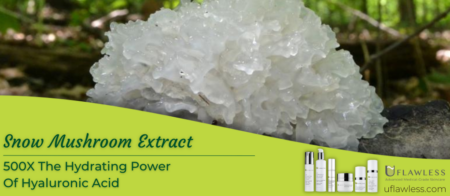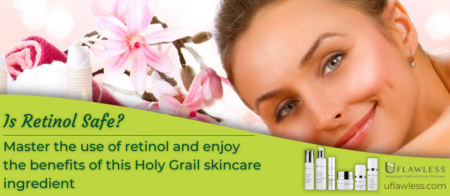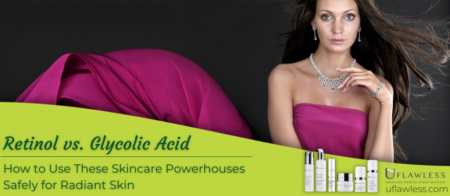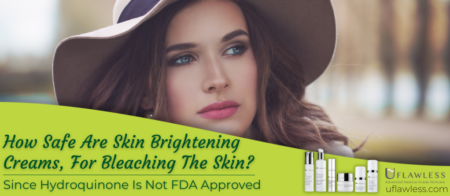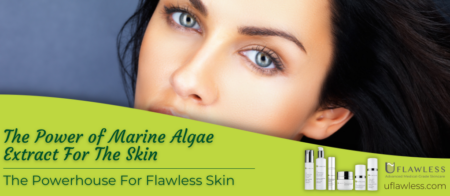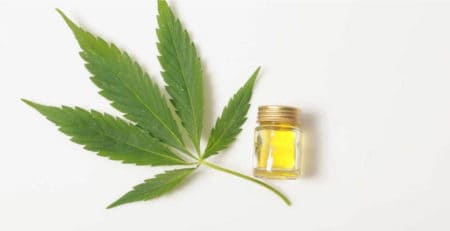Why Hyaluronic Acid Is considered a Trend in Skincare
During the last decade in skincare the three magic words, without a doubt, are Collagen, Elastin and Hyaluronic Acid. They seem to be all big trend in skincare, and primarily it will catch people attention every time.
The reason for that is we are all battling against time. And no matter what is the current age, we will always be looking for something to keep us helpful.
For this reason, we would like to share some factual knowledge that will help us understand better and take better decisions in terms of keeping the youthful, lifted appearance.
Our skin as a throw pillow
One of the best ways to understand what is our skin look like is as a throw pillow. Stuffed with foam, plush velour. Imagine going to a store to buy a brand new one.
Most probably, the chances of coming with a thin, almost invisible plastic wrap is high. And it worked to protect the pillow, keeping it smooth and firm.
As time goes by, as we squish and crumple the pillow, hundreds of times, the appearance gradually changes. The velour cover wears out, and color fades.
The stuffing starts to crumble, so the pillow loses its shape. It’s not the same pillow as it used to be.
Our facial skin is pretty much the same. On the surface is a layer of dead skin cells called the stratum corneum. Just as the plastic wrap on the pillow would get dirty and dingy if you left it in place, the stratum corneum becomes rough and dull as we get older.
Looking To The Stratum Corneum Under The Microscope
We would see, a brick-and-mortar structure. The bricks are the dead skin cells, and the mortar is the skin lipids – large molecules that sit on the surface of the skin to hold in moisture and keep it soft and smooth.
But two unfortunate things happen with age: The dead cells get thicker and thicker while the moisture-trapping lipids diminish. These two factors combine to give rough skin texture and lackluster appearance.
Directly beneath the exterior wrapping of the stratum corneum is the living epidermis. Younger skin has a thick, hearty epidermis, like the plush velour cover of the new pillow. As the skin ages – as early as our twenties, especially in the sun-exposed areas like the face, neck, and chest,, this layer of living skin cells becomes smaller and flatter, much as velour wears out with use.
Feeling Encouraged With UFlawless Medical-Grade Skincare
The beauty of Medical-Grade skincare is that we all can not only feel encouraged but also see real results of youthful, lifted appearance.
Why? Because of the purity levels and concentrated cutting-edge actives and natural ingredients used on UFlawless Medical-Grade skincare products can penetrate the deep layers of the skin, where collagen, elastin and Hyaluronic Acid are produced.
What Hyaluronic Acid Can Do For The Skin
Hyaluronic Acid, also shown in skincare product labels as sodium hyalurmate, works like a sponge. The particles of Hyaluronic Acid are able to hold up to 1000 times its weight in water.
The more the skin is hydrated and shielded, skin cell production increases. That happens as the skin is not wasting energy for hydration and skin cells naturally look plump and smooth.
Hyaluronic Acid as a Humectant Ingredient
That’s another reason it’s also known as a humectant ingredient, not as a moisturizer ingredient. The molecules of topic hyaluronic acid are too large to travel to the dermis. It works only on the epidermis (outermost layers of the skin) where it’s an effective moisturizer ingredient.
The co-relation between Hyaluronic Acid and Collagen is so close, that this is why sometimes people don’t know exactly what makes the skin supple. The truth of the matter is that Hyaluronic Acid keeps collagen synthesis up as well as keeping skin moisture, contributing with anti-aging effects to the skin.
Glycolic Acid and Retinol To Stimulate Production of Hyaluronic Acid
That’s why glycolic acid and retinol are used to stimulate the production of hyaluronic acid. The molecules are considerably smaller and can penetrate easier through the epidermis and reach the dermis the living layer of the skin, where the Magic Happens.
Magic Happens When The Rejuvenating Process Happens
It was clinically tested and proved that the X3 Clarifying Glycolic Toner are magic producers for the skin as it is science applied to the skin. Combined with medical-grade Marine Algae Peptides the clinical tests proved that twice-daily application of X3 Clarifying Glycolic Toner into the skin, improved hydration by 128% after just four weeks.
What’s the Relation Between Hyaluronic Acid and Injection Fillers
An injection of hyaluronic acid, which besides the sponge factor, helps the skin to stay plump and hydrated. After the injection of this filler, the treated area becomes slightly swollen, and the grooves seem instantly corrected.
But the euphoria can sink once the patient returns home and most of the swelling subsides. That’s when the hyaluronic acid in filler begins to soak up for water.
Before long, the grooves disappear, replacing by a smooth, plump surface.
Some patients complain of lumpy skin for several days after receiving fillers injections. It’s important to be aware that for the first 48 hours or so, the material is very pliable. So it’s essential to check face the night right after the treatment, morning and evening… gently press down the area that looks lumpy.
The lumpiness should go away. If it doesn’t please, ask your doctor to reexamine the area.
Our X3 Clarifying Glycolic Toner is a good example that may lead people to ask, how can a glycolic gel relates to hydration.
The answer is that we surged our Medical Grade formula with marine peptides. So this particular natural ingredient can help to hydrate the skin. While the glycolic acid acts on skin promoting naturally hyaluronic acid production.
How Good Is Hyaluronic Acid For Acne?
We all know that acne can create permanent damages on the surface of the skin, especially when people try to pick and pop them. The scars may be difficult to treat, but one of the options people are figuring out a way to get rid of them is using the hyaluronic acid injectable fillers.
As there is a time frame of benefits, (usually three to nine months) the re-application is necessary, as, after this time, the benefits start to fade away.
Other applications for Hyaluronic Acid Besides Skin
As Hyaluronic Acid is naturally find in our skin tissues and cartilage, advanced medicine is using HA as a filler as it works promoting a cushion gap between collagen and elastin fibers and the skin tissue.
That characteristic, brought doctors to use Hyaluronic Acid (HA) in Arthritis as an injectable filler during the last few years.
Another benefit scientists and doctors came upon with HA is for dry eye treatment.
Are there any side-effects for using Hyaluronic Acid?
In general, HA is safe to use when applied directly to the skin or by injection, when applied by an experienced professional. There are rare reports of allergic reactions.
Of course, some precautions and warnings apply, especially for pregnancy and breastfeeding moms, even though there are not enough studies regarding how safe it is in these cases, it’s important to always consult your doctor before making use of Hyaluronic Acid.
Hope the information provided here can help you understand more about Hyaluronic Acid and how you can make good use of this great ingredient.
See you soon!






